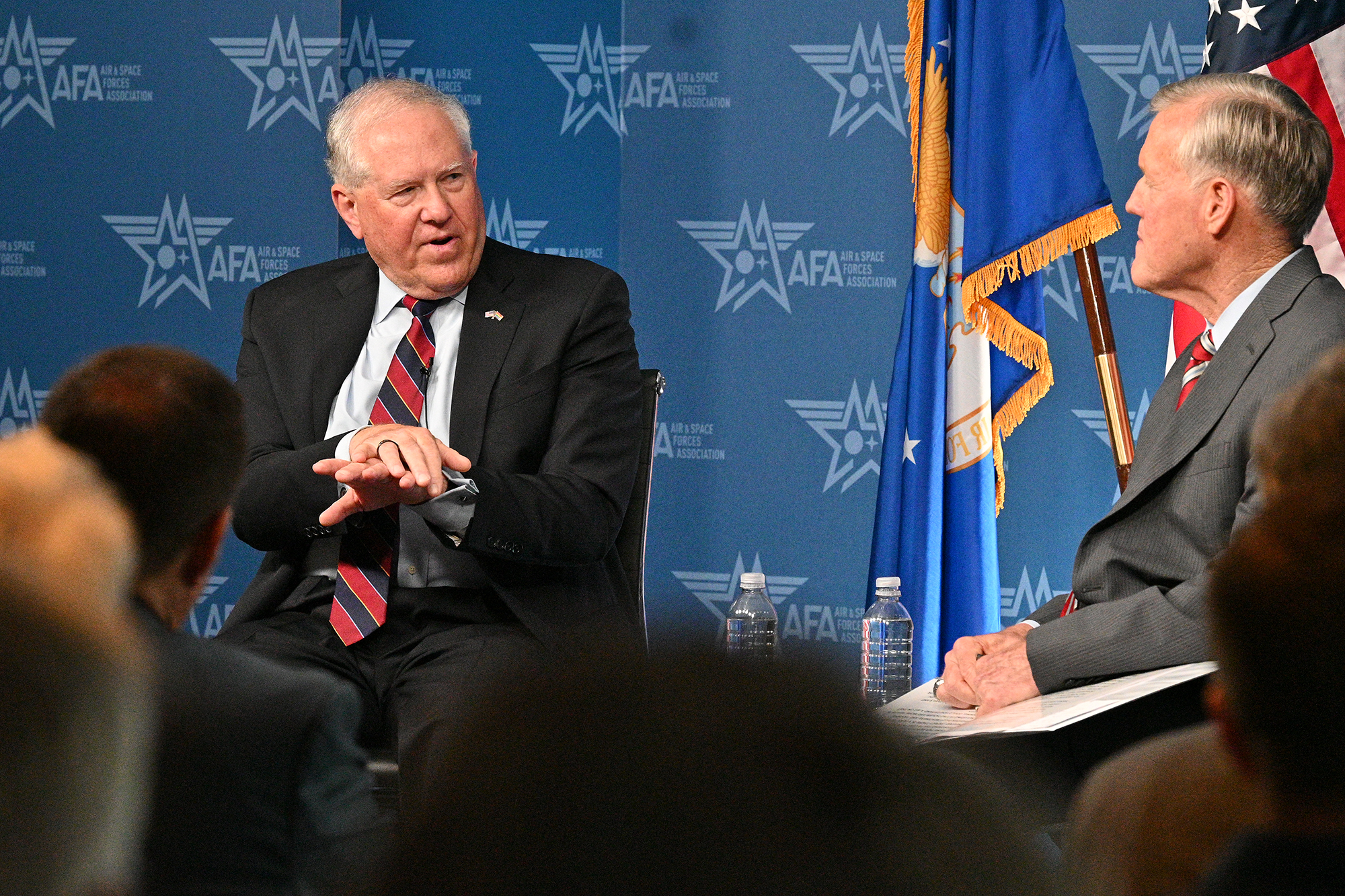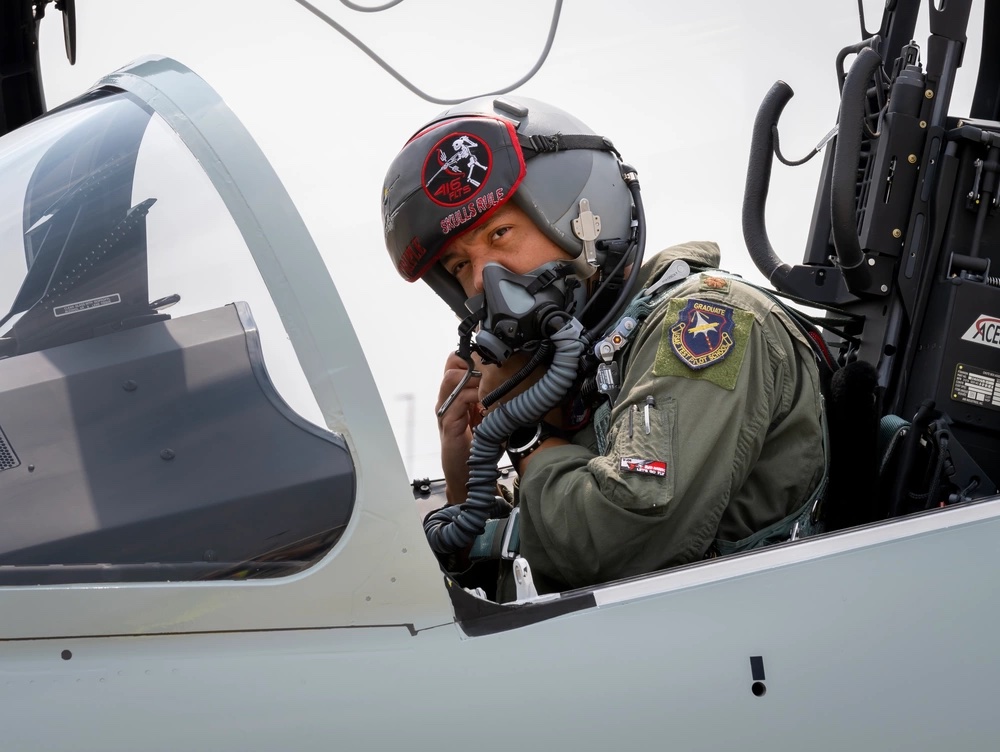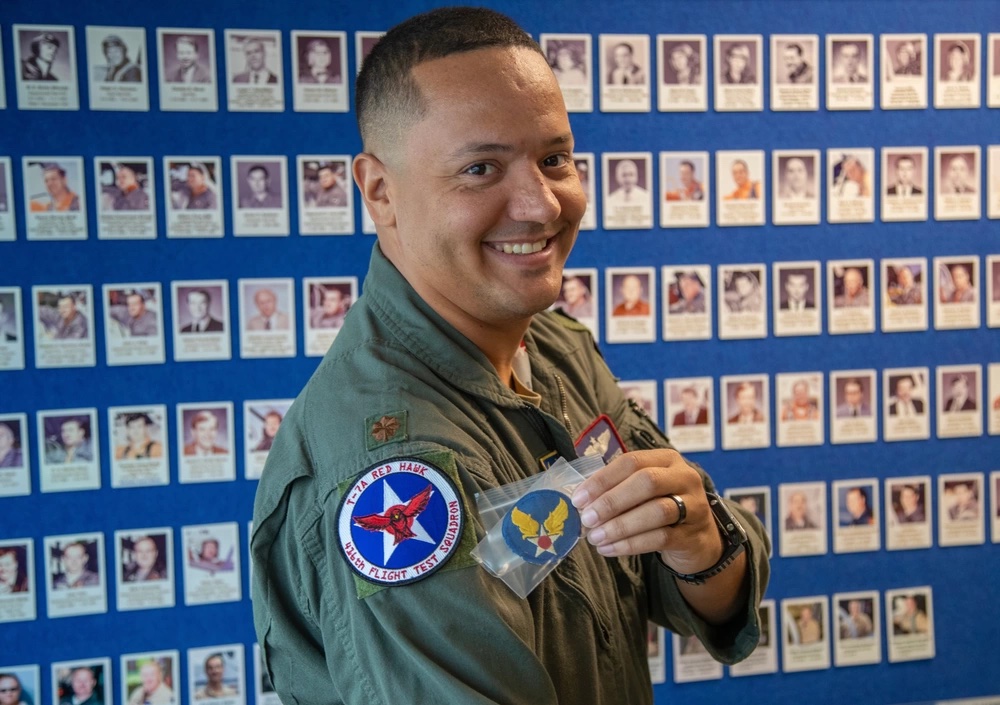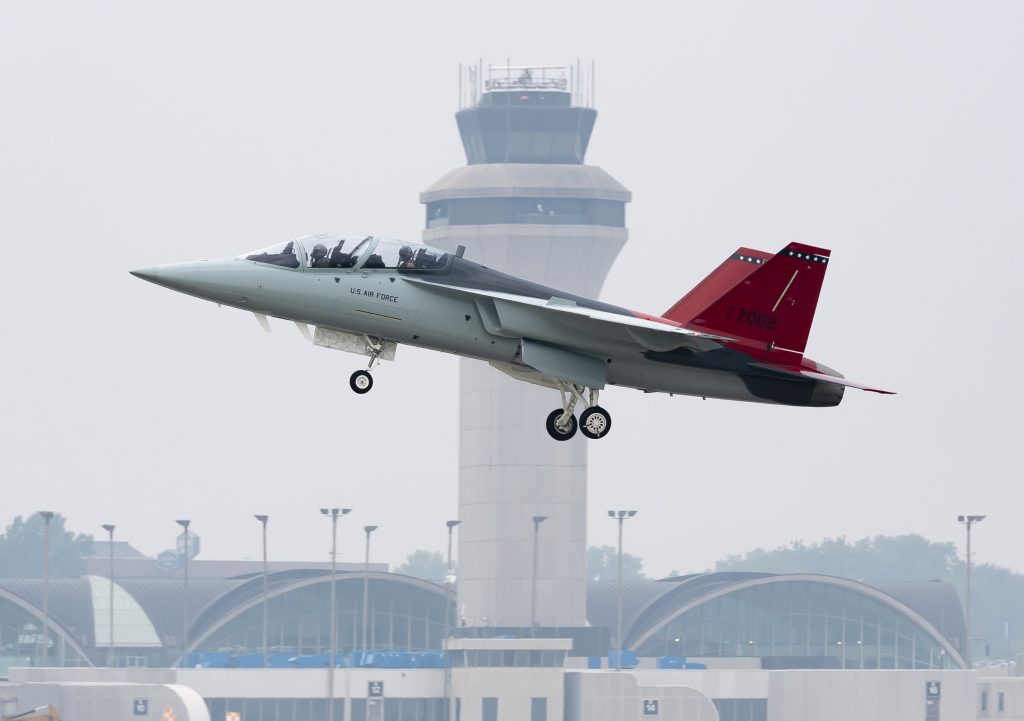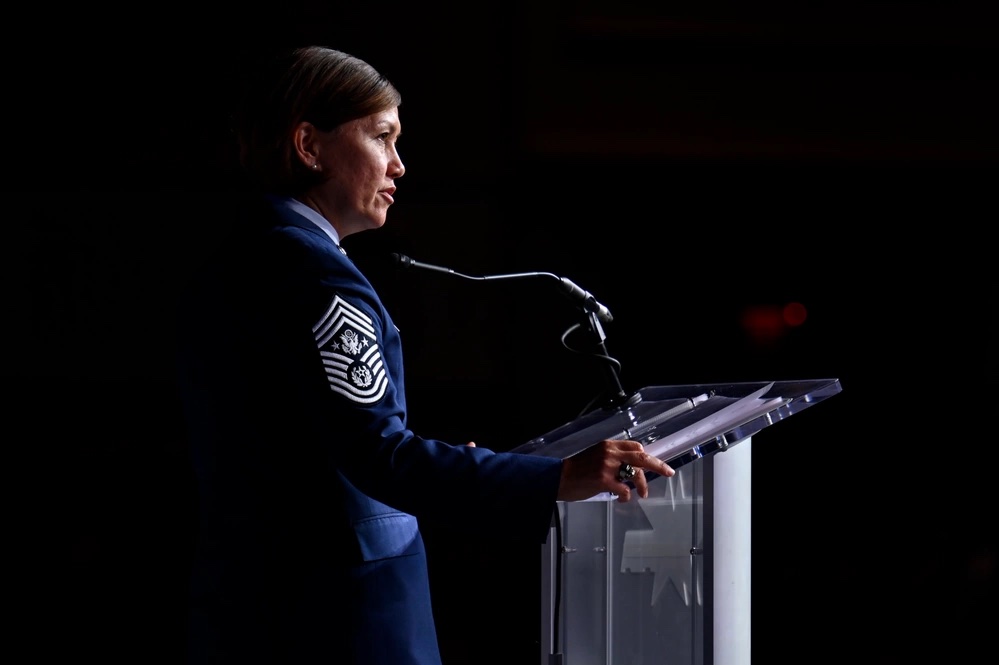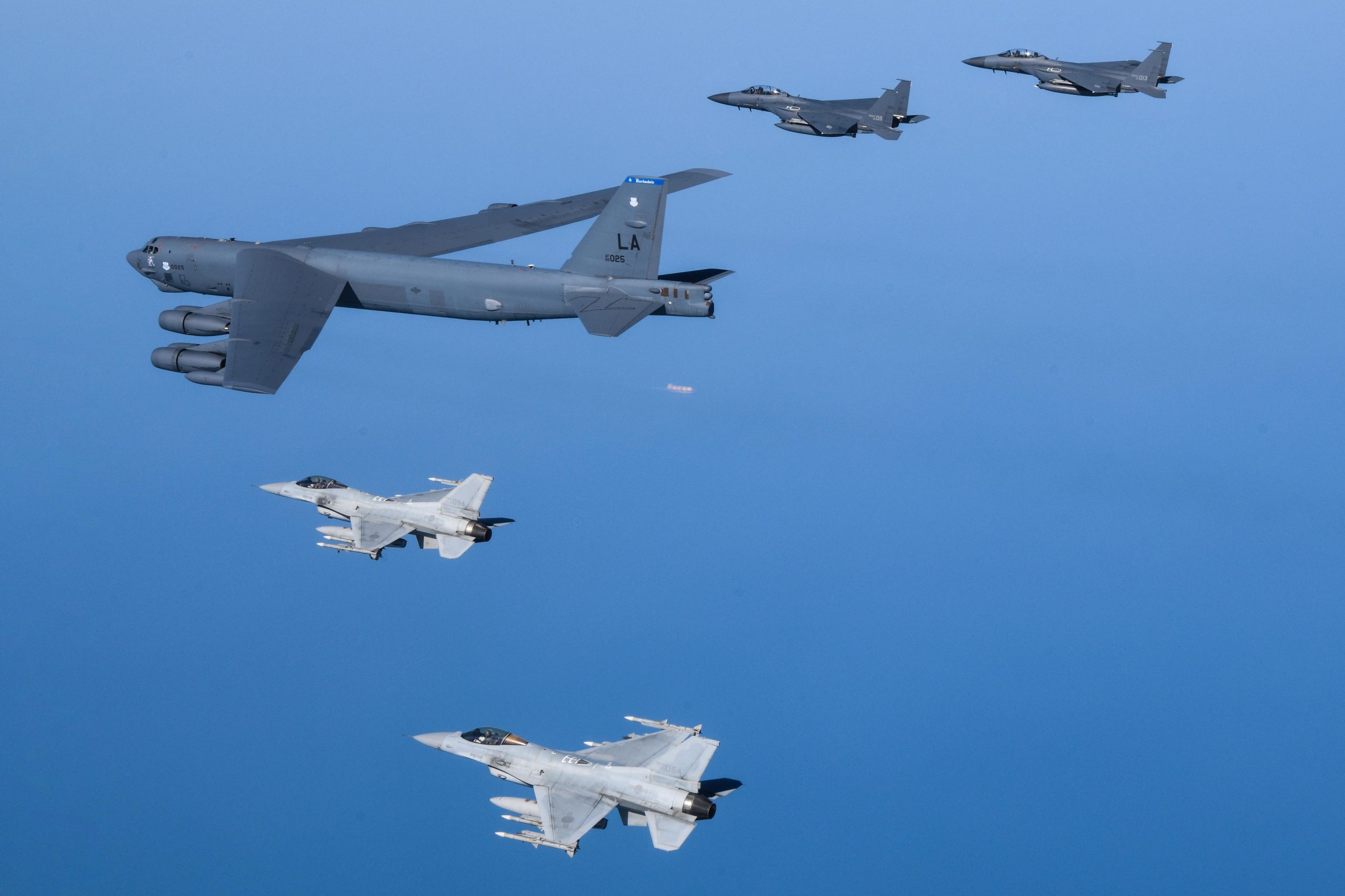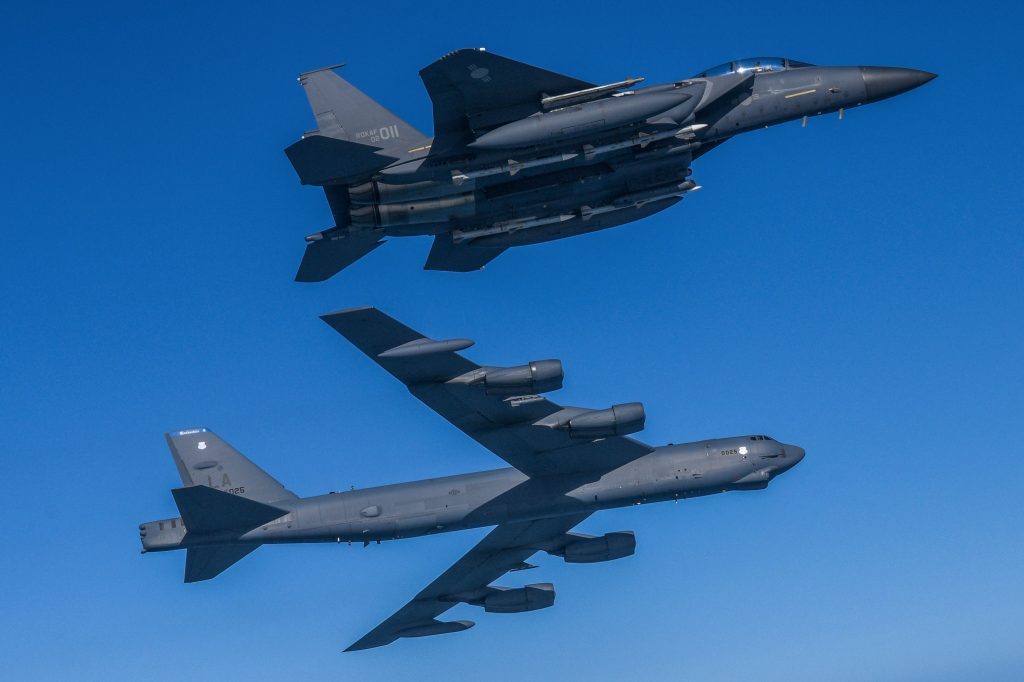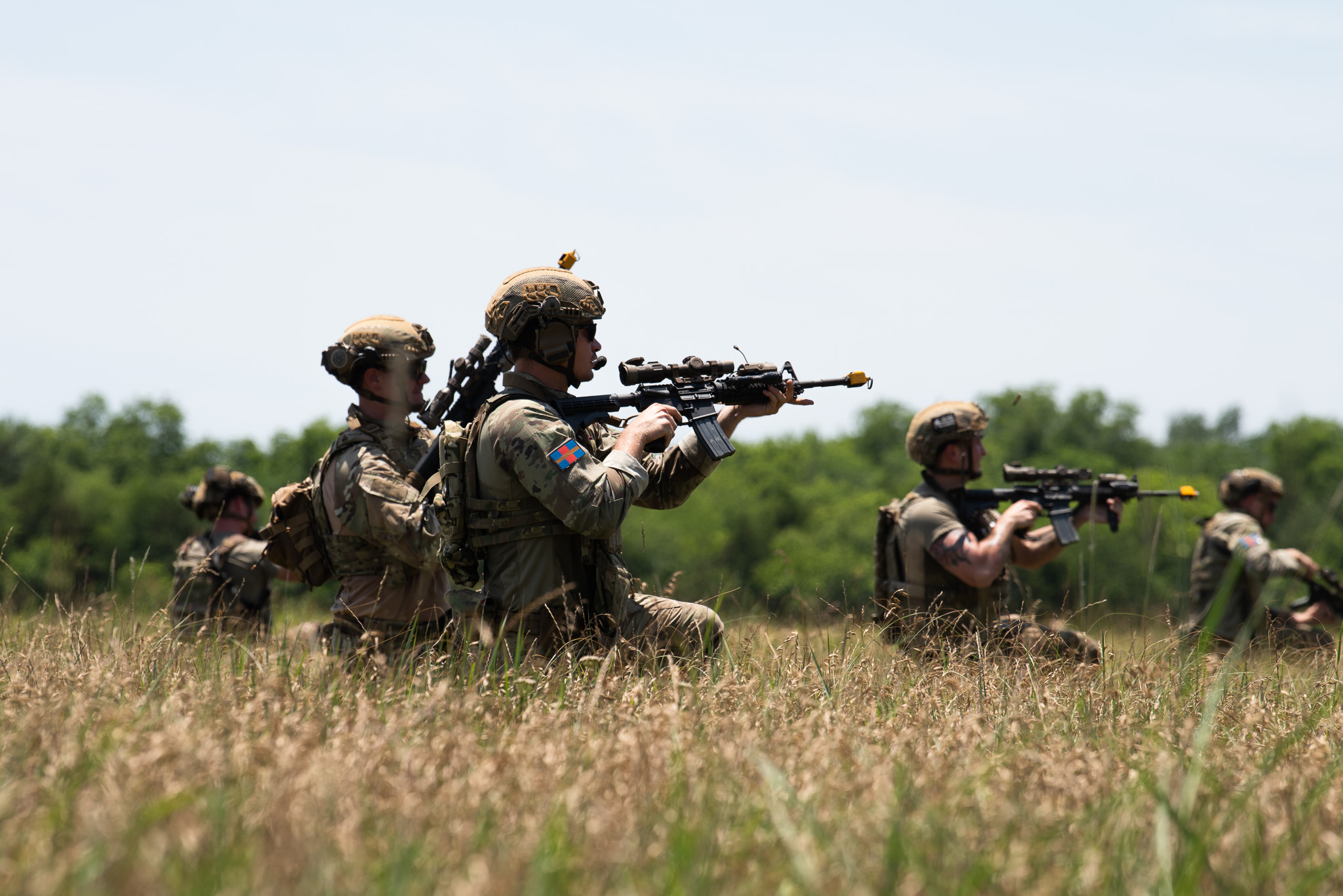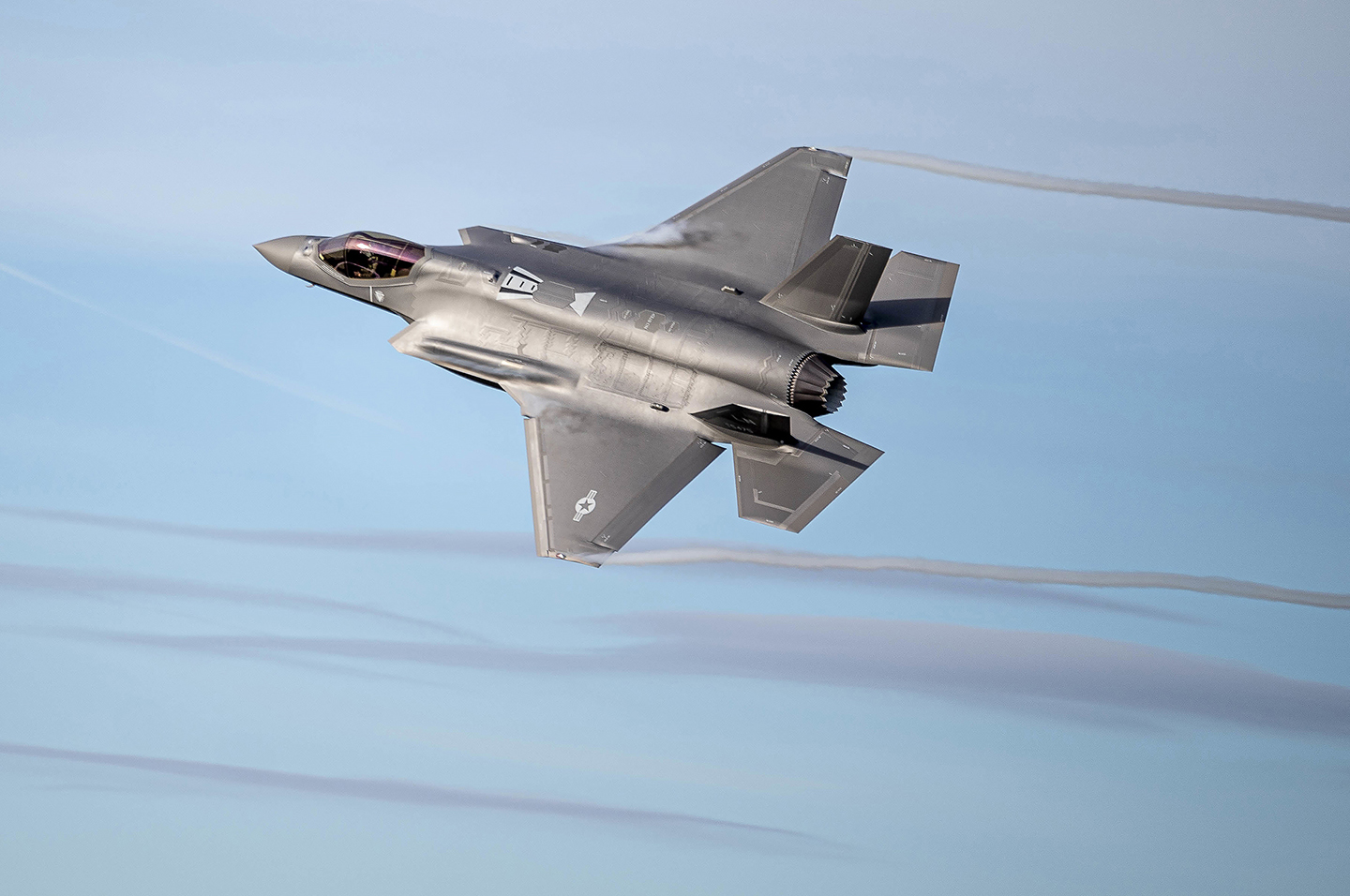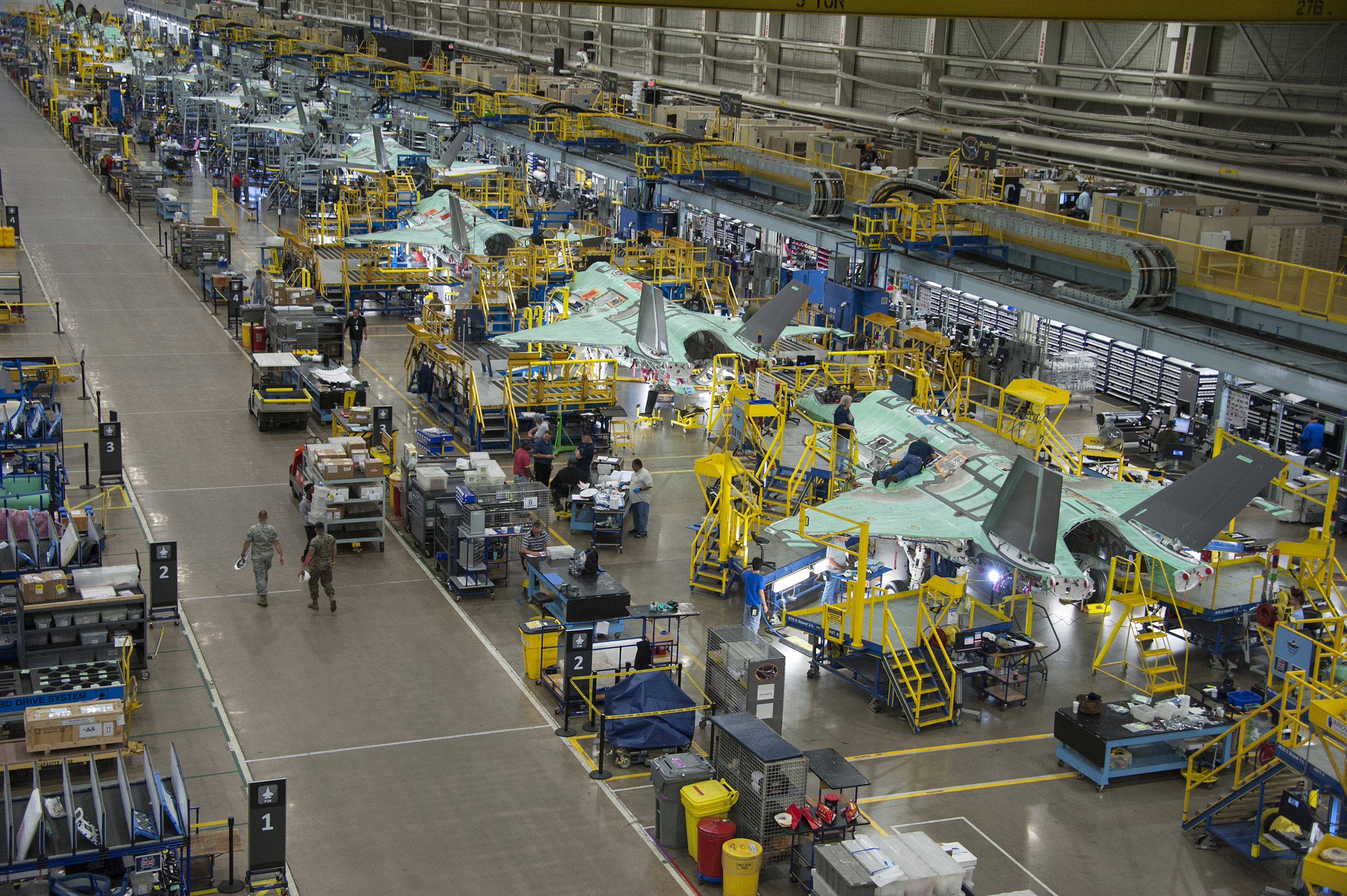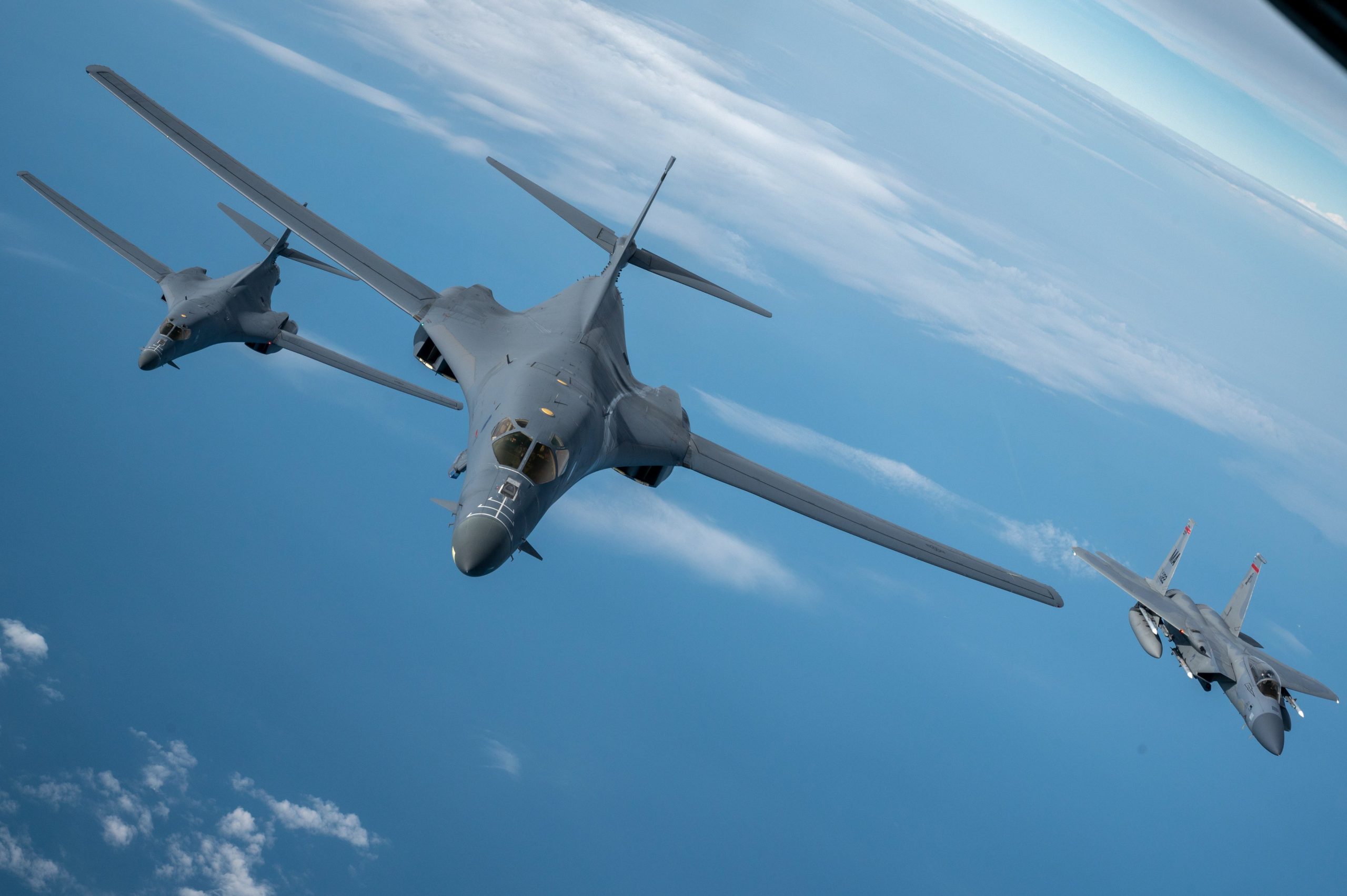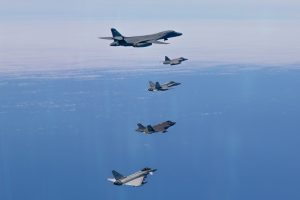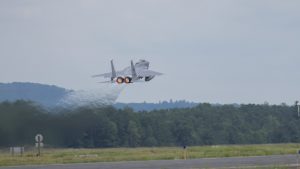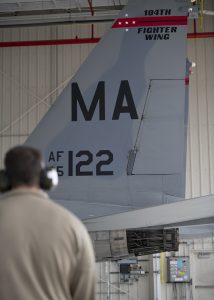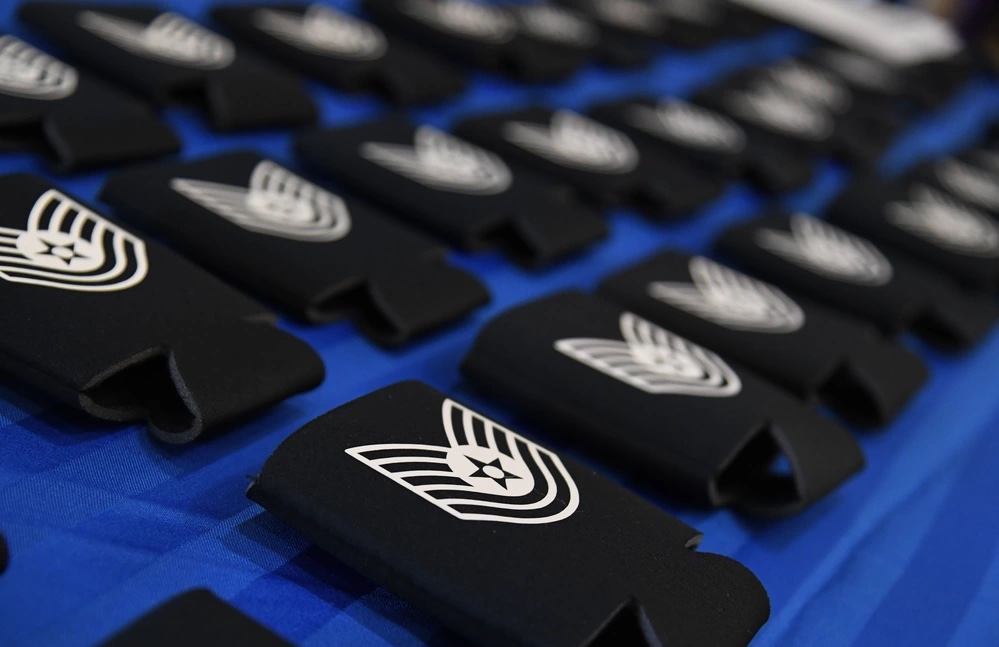Secretary of the Air Force Frank Kendall has begun each of his eight Congressional budget posture hearings with a reference to Gen. Douglas MacArthur’s warning that almost all military failures can be summed up in the words “too late.”
Our Secretary of the Air Force is right on target. Gen. MacArthur spoke from a position well within range of enemy attacks. That perspective is too often absent in debates over weapons system development, which tend to be Washington-centric and politicized among Congressional, Pentagon, and industry participants.
Over the course of a decade, I was honored to serve in and lead U.S. Forces Japan, Gen. McArthur’s legacy headquarters and command, where our constant focus was being ready to respond to China threats. We had our eyes on China’s military build-up and on North Korea’s provocative activities.
Congressional and defense industry leadership occasionally visited our headquarters at Yokota Air Base, West of Tokyo, in the 2002-2005 timeframe, but rarely listened. We had little to no ability to influence joint warfighting requirements, including the need for timely, responsive upgrades to the offensive capabilities of our combat air forces, to air base defense, command and control systems, satellite early warning, or targeting of Chinese and North Korean surface-to-surface launch capabilities. Nor were we asked about the integration of electronic warfare and then-emerging cyber operations technologies. Like all joint warfighting commands, U.S. Forces Japan has zero contractual authority for weapons systems and no acquisition budget.
During that period and the decades that followed, America’s national security leadership was actively engaged in another fight: trying to deter threats and promote stable, friendly governments in the Middle East. With attention focused elsewhere, the Chinese Communist Party was able to leverage economic growth and insights gained watching the U.S. military at work to accelerate its own military build-up. Today, the United States can no longer guarantee that America’s joint warfighters will be decisive in combat operations across U.S. Indo-Pacific Command’s area of operations, including protecting our allies and partners in Taiwan, Japan, and South Korea.
While Congressional and Pentagon leaders emphasize support for American warfighters, the fact is that unified combatant commands and sub-unified commands like U.S. Forces Japan are limited in their ability and authority to influence joint warfighting requirements with their own threat-informed analysis. The Joint Requirements Oversight Council led by the Vice Chairman of the Joint Chiefs of Staff is dedicated to being the voice of the joint warfighter, but this organizational construct is neither optimized for speed or efficiency. Our long-established Congressional, military, and defense industry cultures put too many cooks in the kitchen. Acquisition staff too frequently lack combat and operational theater experience, and too often default to NO when they should instead try to understand new ideas.
As Air Force Secretary, Kendall has brought a lifetime of experience, as a Soldier and as a policy maker, to the Department of the Air Force. His decades of experience, keen insight, and driven focus on operational effectiveness are making a real difference. By focusing strategically around seven core “Operational Imperatives” and three “Cross-cutting Operational Enablers,” Kendall has rallied his Air and Space Forces leaders around the key requirements that will transform his department’s operational effectiveness.
Secretary Kendall knows the most important customers for new capabilities are our military operators, including the Service Chiefs whose long experience in operational theaters informs their understanding. Forging close partnerships between operational customers and acquisition professionals is crucial. It’s no accident that he called these imperatives, which are all focused on acquiring new capabilities, “operational.” From the moment he took office, Secretary Kendall has repeatedly called for accelerating the delivery of “meaningful operational capability to the warfighter.”
When the Korean War began, communists in the North and their Russian and Chinese backers took advantage of American weakness—a small trip-wire force in South Korea, in particular—to force a war America never wanted. In Vietnam, a decade later, the United States was again drawn into a conflict for which we were unprepared. Having built a force to deter nuclear war, America was unprepared for the kind of fight Hanoi waged against our allies in the south.
By the time we had the military capabilities to be decisive, the nation had lost its will to fight. “Too late,” as McArthur said.
Now we face new dangers. The instigators are familiar, even if the means, methods, and conditions are less so. We must listen to the commanders in the field. No one understands the threat better. Pentagon leaders, Senate and House committee members, and the defense industry all must pay heed. They must do so before it once again is “too late.”
Lt. Gen. Bruce Wright, USAF (Ret.), is the President & CEO of the Air & Space Forces Association. A 1973 graduate of the Air Force Academy, Wright is a U.S. Air Force Weapons School graduate, and was the J3/Director of Operations of U.S. Forces Japan; commander of the 35th Fighter Wing at Misawa Air Base Japan, and concluded his career as Commander of U.S. Forces Japan and 5th Air Force in 2008. He led F-16 combat missions from 1991-1994 in Iraq and Bosnia Herzegovina. Wright has also served in the defense industry with responsibility for classified programs.
